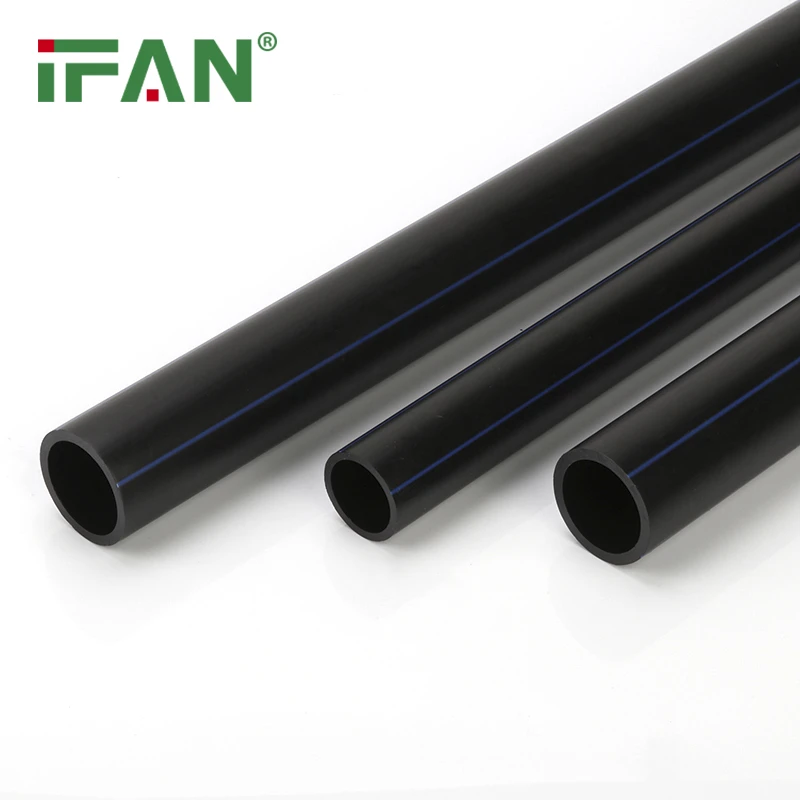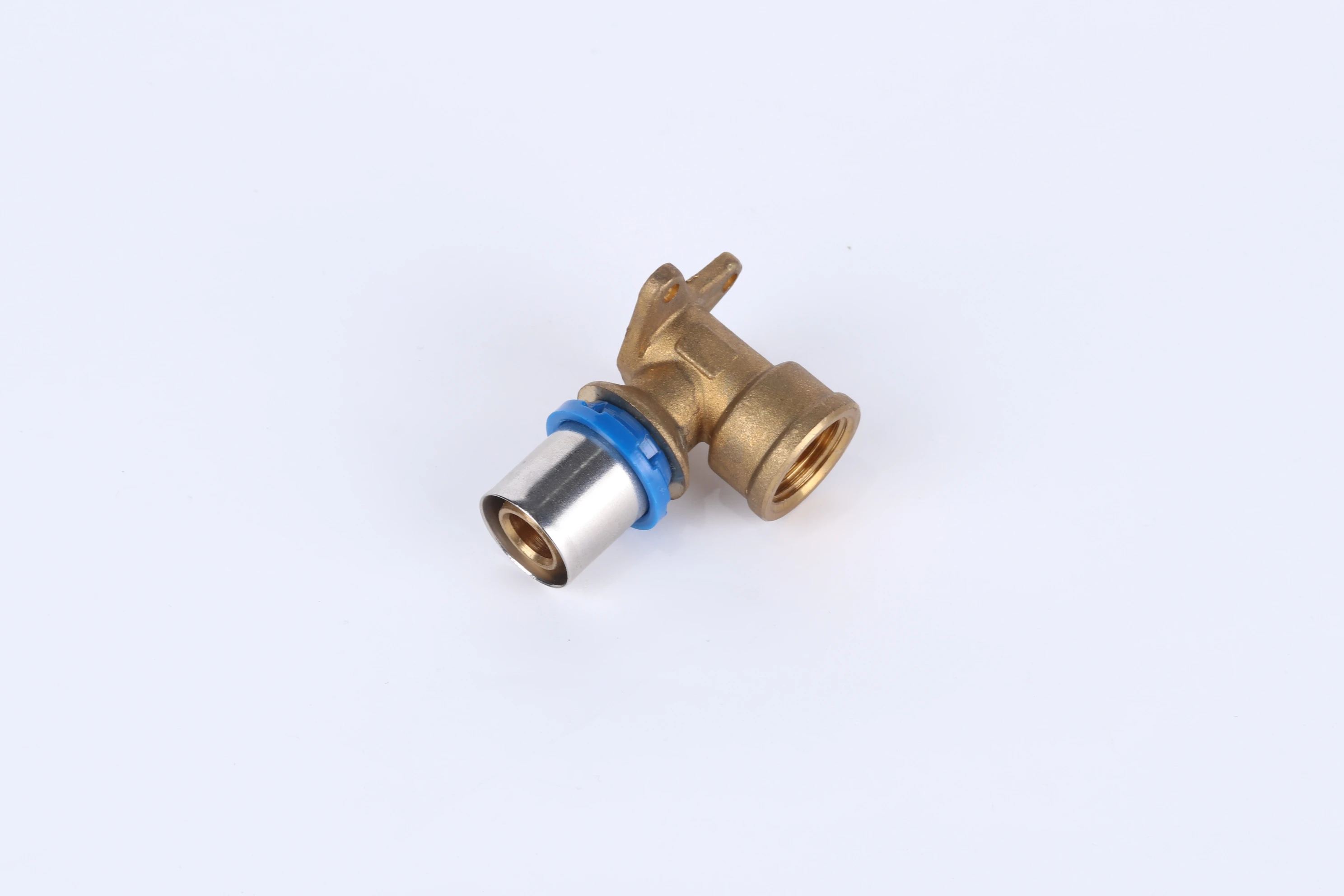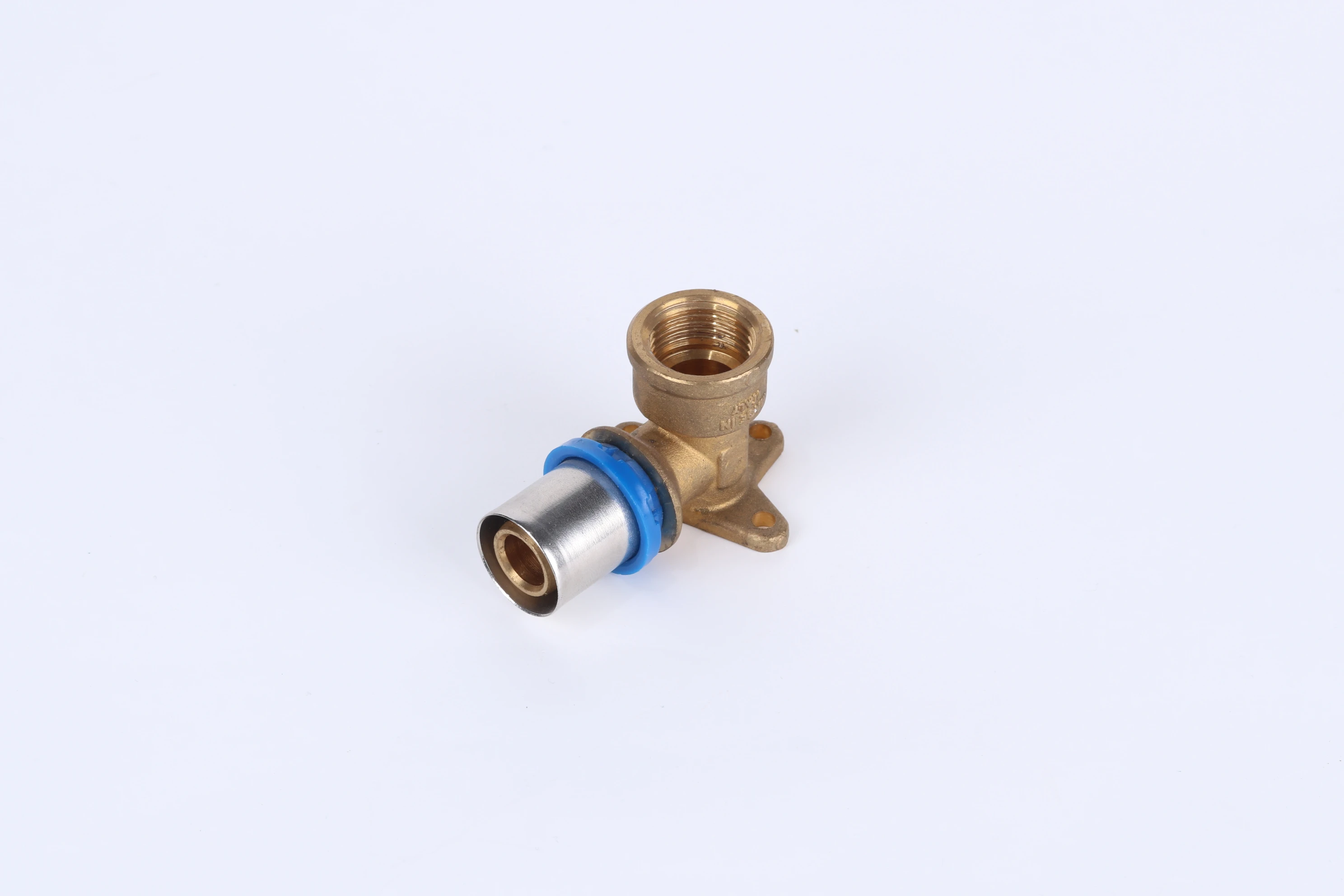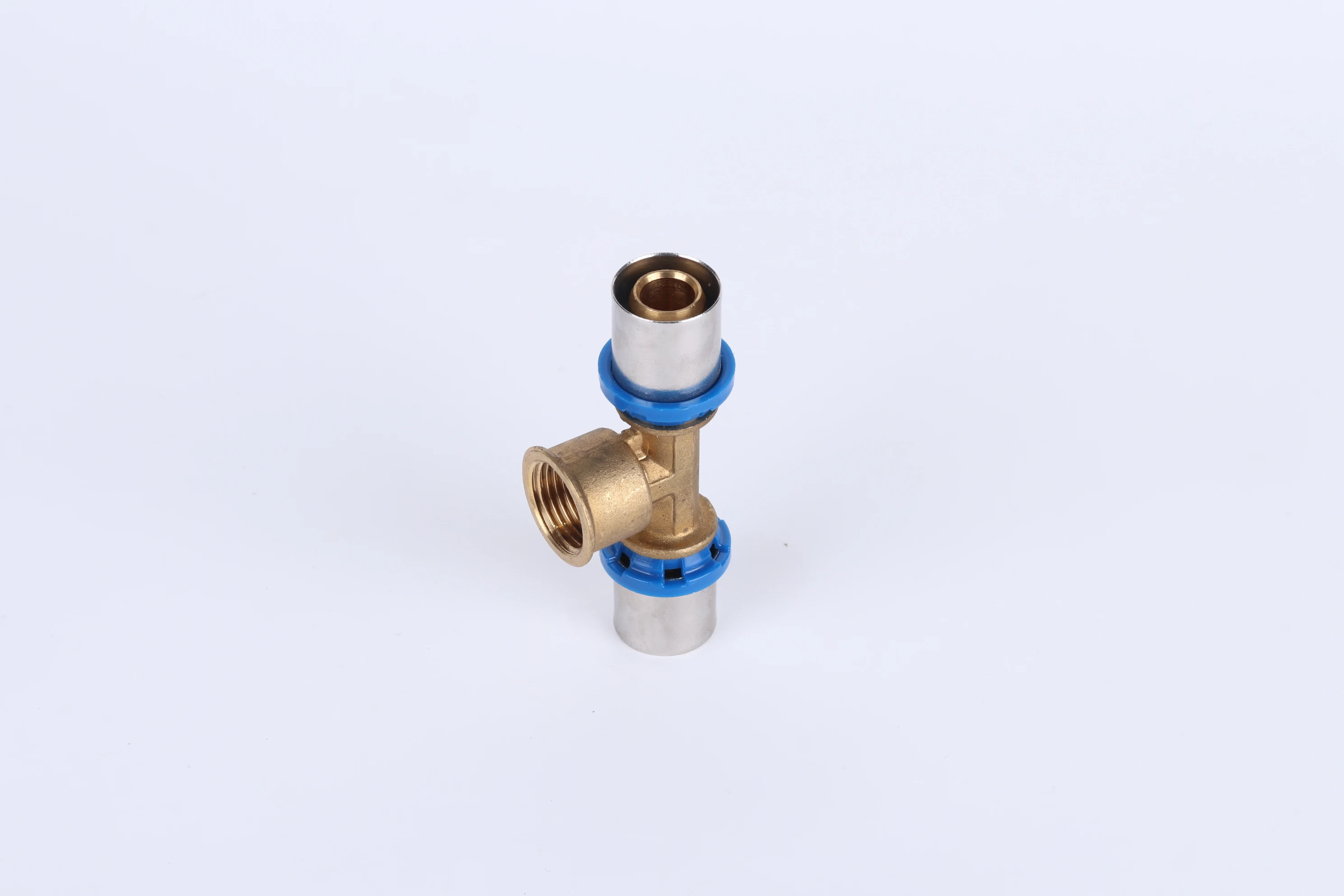During a recent municipal water system upgrade, we excavated HDPE pipes installed in 1982 that showed minimal degradation despite four decades of continuous service. This real-world evidence confirmed that HDPE’s lifespan often exceeds theoretical estimates when properly installed and maintained.
High-Density Polyethylene (HDPE) pipe typically lasts 50-100 years in most applications, with some installations remaining serviceable beyond 100 years. This exceptional longevity stems from HDPE’s inherent corrosion resistance, flexibility, and fatigue resistance, though actual service life depends on installation quality, operating conditions, and environmental factors.
Understanding what determines HDPE’s service life helps engineers and installers maximize this material’s impressive lifespan potential. Let’s examine the key factors that influence how long HDPE piping systems remain in service.
What Factors Determine the Actual Service Life of HDPE Piping Systems?
I’ve inspected HDPE installations that failed prematurely after just 15 years due to improper design, while others from the same manufacturing batch showed no signs of degradation after 40 years. This variation demonstrates how external factors often outweigh material properties in determining actual service life.
The actual service life of HDPE piping systems depends on installation quality, operating temperature and pressure, chemical exposure, UV protection, and stress conditions. Properly fused joints, adequate bedding and backfill, appropriate pressure derating for temperature, and protection from ultraviolet radiation collectively determine whether systems reach their maximum lifespan potential.

Critical Lifespan Determinants
Several interconnected factors control how long HDPE systems remain serviceable:
Installation Quality Impact
Proper installation practices significantly extend HDPE’s service life:
- Fusion Joint Quality: Improperly fused joints become failure points within 10-20 years, while correctly executed joints typically outlast the pipe itself
- Bedding and Backfill: Poor bedding materials with sharp edges can cause point loading that accelerates stress cracking
- Installation Stress: Excessive bending during installation creates residual stresses that reduce fatigue resistance
Operating Condition Effects
Continuous operating conditions dramatically impact longevity:
- Temperature: HDPE operating at 73°F (23°C) maintains 100% pressure rating, while operation at 140°F (60°C) requires 50% pressure derating
- Pressure Cycling: Systems with frequent pressure surges experience reduced fatigue life compared to steady-pressure applications
- Chemical Exposure: Certain chemicals accelerate stress crack development, particularly at elevated temperatures
Design and Material Considerations
Proper material selection and design optimize lifespan:
Resin Quality Variations
Not all HDPE resins perform identically:
- PE4710 Materials: Superior slow crack growth resistance and hydrostatic design basis
- PE100 Materials: Excellent long-term strength and environmental stress crack resistance
- Standard PE3408: Good performance for standard applications with moderate demands
Design Factor Selection
Conservative design extends service life:
- Water Systems: Typically use 0.63 design factor for 50-year service life
- Gas Systems: Often use 0.32 design factor for enhanced safety margin
- Industrial Applications: Vary based on consequence of failure
How Does HDPE’s Corrosion Resistance Extend Its Lifespan Compared to Metals?
While replacing severely corroded steel pipes at a chemical plant, I discovered adjacent HDPE pipes from the same installation period that showed no degradation despite identical chemical exposure. This side-by-side comparison vividly demonstrated HDPE’s corrosion advantage.
HDPE’s complete immunity to electrochemical corrosion eliminates the primary failure mechanism that limits metal pipe lifespan. Unlike iron, steel, and copper pipes that lose wall thickness to corrosion over time, HDPE maintains its original pressure capacity indefinitely when protected from UV degradation and chemical attack.
Corrosion Mechanism Comparison
The fundamental differences in material behavior explain the lifespan disparity:
Metallic Corrosion Processes
Metal pipes fail through predictable corrosion mechanisms:
- Uniform Corrosion: Gradual wall thinning reduces pressure capacity over time
- Pitting Corrosion: Localized attacks create leak paths while most wall thickness remains
- Galvanic Corrosion: Dissimilar metal contacts accelerate deterioration
- Microbiological Influenced Corrosion: Bacterial activity accelerates metal loss
HDPE Degradation Pathways
HDPE fails through different mechanisms when properly installed:
- Oxidative Degradation: Slow process requiring decades at normal temperatures
- Environmental Stress Cracking: Chemical and stress combination causing brittle failure
- UV Degradation: Surface embrittlement from sunlight exposure
- Chemical Permeation: Molecular transport without material loss
Quantitative Lifespan Comparison
Documented case studies show dramatic differences:
| Pipe Material | Typical Lifespan | Primary Failure Mode | Corrosion Impact |
|---|---|---|---|
| HDPE | 50-100 years | Third-party damage | None |
| Ductile Iron | 30-50 years | Corrosion/wall loss | Significant |
| Steel | 20-40 years | Corrosion/wall loss | Severe |
| Copper | 40-70 years | Pitting corrosion | Moderate |
Economic Life Cycle Advantages
HDPE’s corrosion resistance provides financial benefits:
Reduced Maintenance Costs
- No corrosion monitoring required
- No cathodic protection systems needed
- No lining or coating maintenance
- Minimal leak repairs from corrosion
Extended Replacement Cycles
- 50-year design life versus 30-year for metallic alternatives
- Reduced capital budgeting for system replacement
- Lower lifetime cost despite potentially higher initial investment
What Environmental Conditions Can Affect HDPE Pipe Longevity in Installations?
I investigated an HDPE failure in an industrial application where the pipe lasted only seven years despite a 50-year design life. The culprit was unexpected chemical permeation from soil contamination that wasn’t disclosed during the design phase.
Environmental conditions including soil chemistry, temperature extremes, ultraviolet exposure, microbial activity, and mechanical stresses significantly impact HDPE pipe longevity. Proper assessment of installation environment allows for appropriate material selection and protective measures that ensure systems achieve their designed service life.
Critical Environmental Factors
Several environmental conditions require special consideration:
Soil and Water Chemistry
Aggressive soil and water conditions can reduce HDPE lifespan:
- pH Extremes: Highly acidic or alkaline conditions can affect HDPE over decades
- Oxidizing Chemicals: Chlorine, bromine, and other oxidizers accelerate degradation
- Hydrocarbon Solvents: Gasoline, oils, and certain industrial chemicals cause swelling and stress cracking
- Heavy Metal Ions: Certain metal ions can catalyze oxidation reactions
Temperature Considerations
Both installation and operating temperatures affect performance:
- Frozen Ground Installation: HDPE becomes brittle below -40°F (-40°C)
- High Temperature Operation: Continuous operation above 140°F (60°C) requires significant pressure derating
- Temperature Cycling: Frequent large temperature variations cause expansion/contraction stress
- Thermal Degradation: Extended exposure near maximum temperature limits reduces lifespan
Protection and Mitigation Strategies
Proactive measures preserve HDPE’s inherent longevity:
UV Protection Methods
- Carbon Black Stabilization: Standard method providing 50+ years UV resistance
- Protective Coatings: Special paints or wraps for above-ground installations
- Burial or Enclosure: Physical protection from sunlight exposure
- Storage Practices: Limited outdoor storage time before installation
Chemical Exposure Management
- Material Testing: Evaluate chemical resistance before installation
- Barrier Pipes: Multi-layer constructions for aggressive environments
- Monitoring Programs: Regular inspection of exposed sections
- Alternative Materials: Consider CPVC or PVDF for specific chemical exposures
How Does HDPE’s Expected Lifespan Compare to Other Pipe Material Options?
Our maintenance records across multiple pipeline materials show HDPE requiring 70% fewer repairs than metallic alternatives over a 30-year period. This operational data confirms the lifespan advantage we consistently observe in field applications.
HDPE typically provides 25-100% longer service life than metallic alternatives in corrosive environments and comparable lifespan to other plastics in benign conditions. The material’s combination of corrosion resistance, flexibility, and joint integrity creates a lifespan advantage that becomes most pronounced in aggressive soil and water conditions.
Comprehensive Material Comparison
Different materials offer varying lifespan profiles:
Metallic Pipe Materials
- Carbon Steel: 20-40 years with corrosion protection, less without
- Stainless Steel: 30-50 years with proper alloy selection for conditions
- Ductile Iron: 30-50 years with linings and cathodic protection
- Copper: 40-70 years depending on water chemistry
Plastic Pipe Materials
- PVC: 50-70 years with limitations in impact resistance and temperature
- CPVC: 40-60 years with better temperature resistance than PVC
- PP-R/PP-RCT: 50+ years with excellent chemical resistance
- PEX: 40-50 years with limitations in UV resistance
Application-Specific Performance
The optimal material varies by application:
Potable Water Systems
- HDPE: 50-100 years with excellent leak-free performance
- Ductile Iron: 30-50 years with corrosion protection
- PVC: 50-70 years with joint leakage potential
Industrial Applications
- HDPE: 30-50 years in chemical service depending on exposure
- Stainless Steel: 20-40 years with specific alloy selection
- Fiberglass: 25-40 years with careful installation
Gas Distribution
- HDPE: 50+ years with excellent safety record
- Steel: 30-50 years with ongoing maintenance
Life Cycle Cost Analysis
Longer lifespan translates to economic benefits:
Total Cost of Ownership
- HDPE: Higher initial cost, lower maintenance, longer replacement cycle
- Metallic Systems: Lower initial cost, higher maintenance, shorter replacement
- Other Plastics: Similar initial cost, varying maintenance profiles
Value Retention
- HDPE systems maintain performance capability throughout design life
- Metallic systems experience gradual capacity reduction from corrosion
- Sudden failures more common with metallic systems near end of life
Conclusion
HDPE pipe typically provides 50-100 years of reliable service when properly selected, installed, and maintained, significantly outperforming metallic alternatives in corrosive environments while offering comparable lifespan to other plastic pipes with superior flexibility and joint reliability. Understanding the factors that influence HDPE’s service life enables engineers to design systems that maximize this durable material’s impressive longevity potential.













Commentaires récents